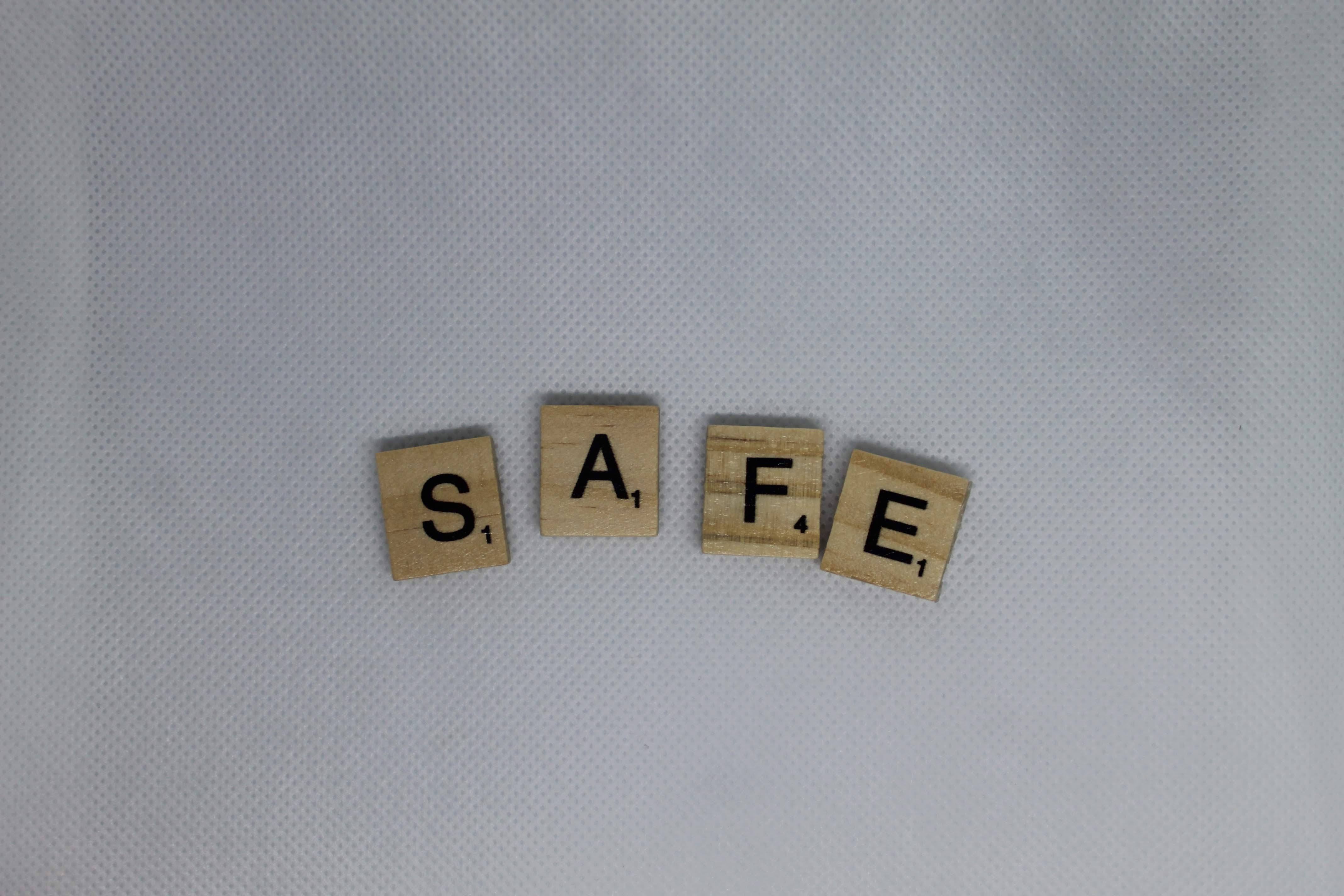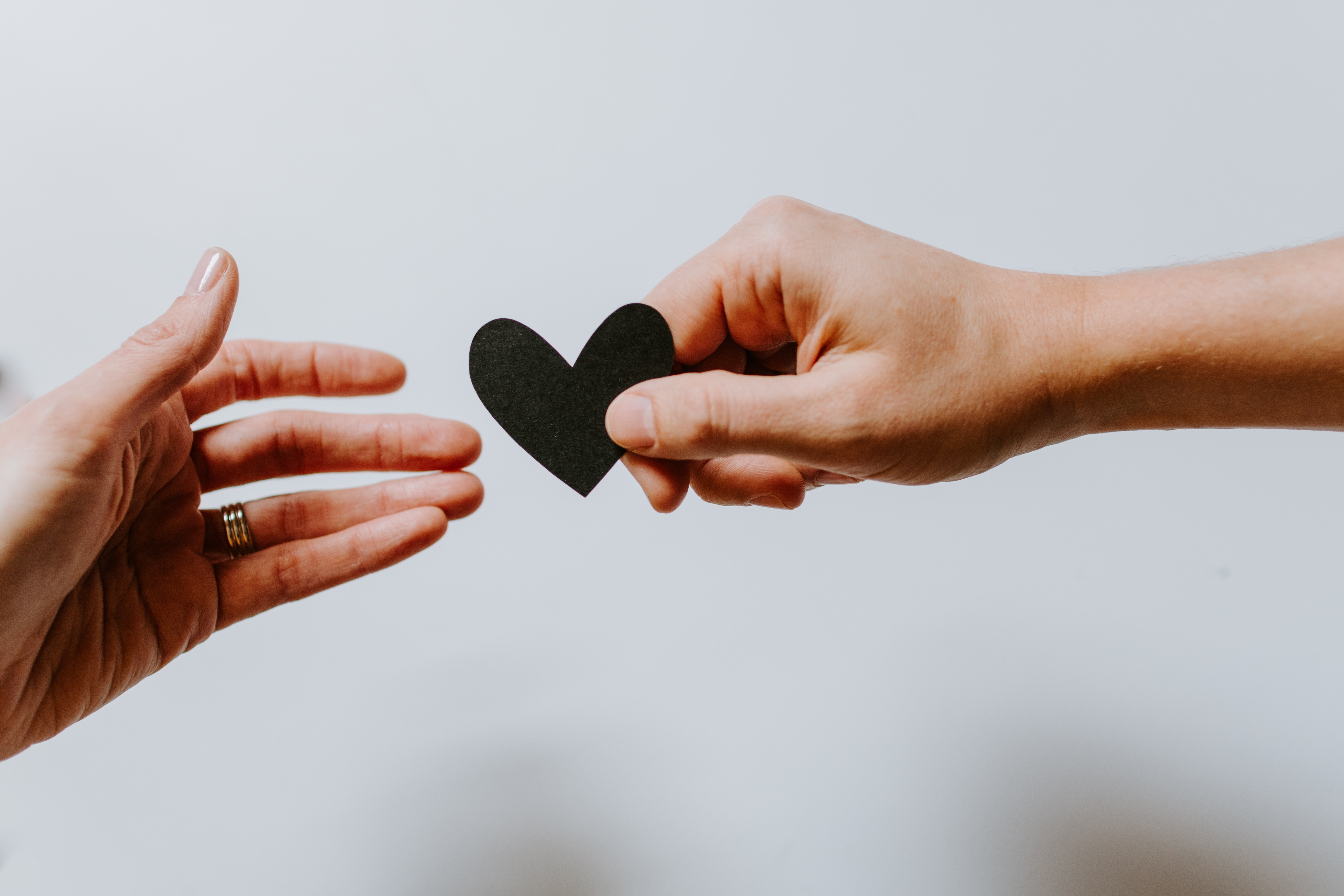Overthink
A Safe Place is an Action
The creation of a genuine safe place takes conscious action from all members from the group. If all members don’t agree to actively strive for a safe place, many communities will continue to be harmed.
Apr 22, 2023

A “safe space” naturally carries a multitude of connotations. It needs to acknowledge and consciously strive for acceptance for a multitude of identities, beliefs, attitudes, and perspectives. Over the last few years, the concept of a “safe space” has worked its way into mainstream consciousness and has become a way to describe settings where we’d like our environment to feel comfortable and protected from bias, discrimination, judgment, violence and other actions or events that may cause emotional or physical harm. We have the privilege of the concept “safe places” because of the LGBTQIA+ community, who’s done tremendous work to create safe spaces across communities, within academic settings, and in professional environments. During a recent workshop, I was reminded that it’s not enough to declare a place as safe. A genuine safe place requires the consent and active work from all members participating in the space.
Because a safe space means something different to each of us, a place cannot simply be deemed “safe.” A safe space is an action. It is the act of developing an environment that consciously considers the uniqueness of each person and strives to be considerate and aware of each person’s uniqueness. Creating a safe space takes a deep sense of vulnerability, mindfulness, and patience from everyone involved. We need to be vulnerable to be both open and assertive about our needs as well as willing to learn and lean into the discomfort that accompanies learning. Mindfulness is another important quality for us in a safe community; it requires a certain awareness about our thoughts, beliefs, ideas, presence, and other aspects of our identity and how these aspects affect others. It also takes patience and understanding as we and those around us learn and grow.
Safe places take great effort, and the effort can be dissolved in an instant. A safe place is only successful if everyone involved agrees to put these elements into practice for themselves and others in the group. The moment one person decides to go against one of these elements, consciously or unconsciously, the place is no longer safe. Depending on the level of cultivated intimacy in a place prior to the incident will determine whether a space can work through the incident and regain what was lost or fall apart. The level of intimacy a space has cultivated will determine whether the people involved are willing to invest time to rebuild the safety of the space, and the people that have been harmed are in no way obligated to contribute to the reconstruction.
Writing workshops require a deep level of intimacy and vulnerability, which requires a safe space. A recent writing workshop was one of the most unsafe environments I’ve led. A handful of participants would portray other people groups insensitively or disparagingly, disrespect the time allotted to them taking time away from other’s pieces, provide feedback that wasn’t constructive and felt like attacks, and other harmful behaviors that weren’t conducive to a safe workshop environment. Even tapping into all my classroom management experience, I couldn’t bring a handful of challenging personalities to consensus about safe behavior. I felt disrespected, and I dreaded each workshop. Beyond my feelings, the worst part was that other workshop participants also admitted the space wasn’t safe for them and left the group.
The moment that took me over the edge was when one of the participants brought a completely racist piece that just left me dumbfounded and disgusted. I tried to reach out to the lead organization, but they offered only initial support with no follow up. I felt so unsupported by the organization, even after a participant also expressed their challenges and negative experiences with the organization. I still haven’t heard back from the organization.
I think there are ways I could’ve better managed the sessions to potentially mitigate some of the harm. But, despite my actual efforts, I couldn’t persuade the handful of participants to follow the workshop principles designed to create a safe place, and the organization doesn’t have a recourse for handling situations like this. All these elements culminated into a situation where a safe space was impossible to foster, harm was ultimately caused, and there was no outside support.
Our communities have always been and will continue to be diverse. The difference now is we’re trying to acknowledge and consider the diversity in the room. As diversity, equity, inclusion, and belonging continues to grow in popularity and become a focus across sectors, the more insistent we must be about creating genuine safe places. It’s not enough to say a place is “safe.” It’s not enough to promote diversity when the environments our BIPOC and LGBTQIA+ communities step into are inequitable, exclusive, or harmful. It’s not enough to want a safe community; people must be willing to be vulnerable, mindful, and patient. Safe places are an action, and people first must care about the other people in the room. We must be insistent about building genuine safe communities. Without insistence, safe places are impossible and so many communities will continue to be harmed.

